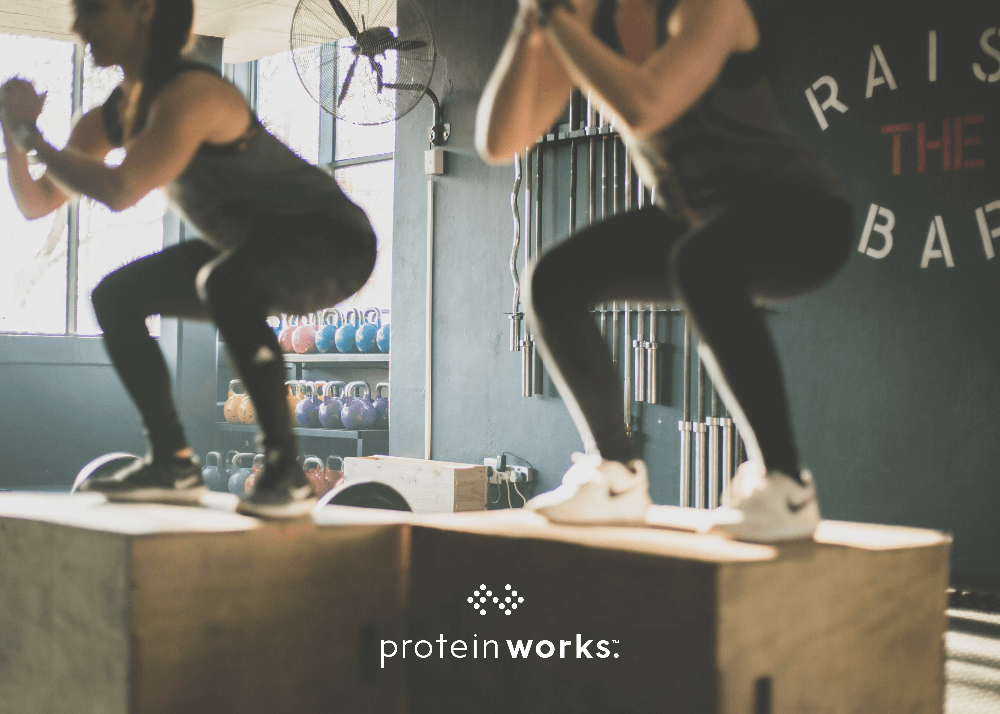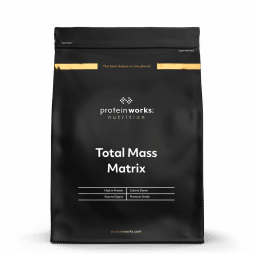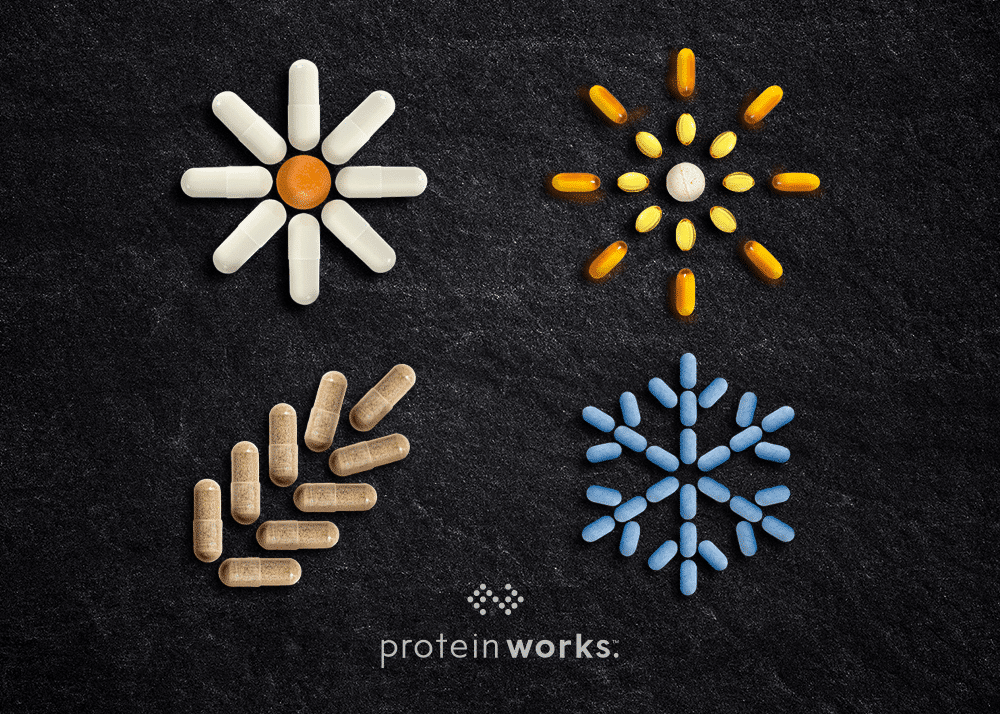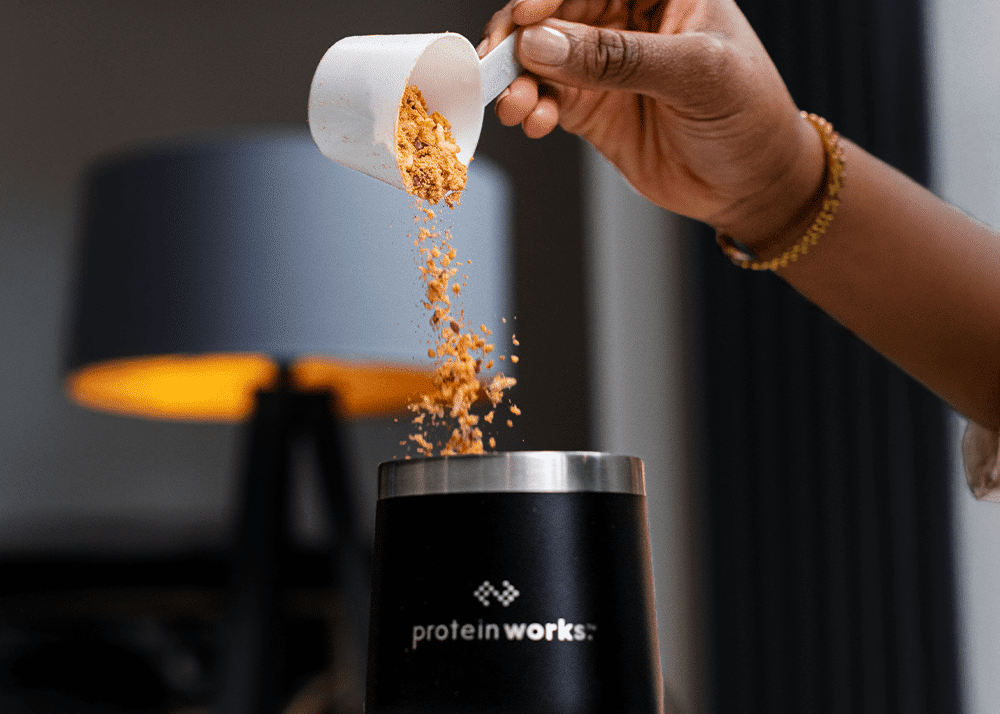
Bulking Guide: Tips on Building Muscle for Women
Regardless of fitness goals, many people are working towards a stronger and balanced physique through different types of training. While exercise is crucial, proper nutrition is equally important for building muscle. Remember, trying to target specific muscles with diet alone isn’t effective, especially during a bulking phase when some overall weight gain is normal.
In the world of fitness trends and advice, one thing remains constant: the desire to feel strong and confident in our bodies. For women looking to embrace their inner strength and achieve a more muscular physique, bulking can be a game-changer.
From building lean muscle mass to boosting metabolism and enhancing overall vitality. Whether you’re a seasoned fitness enthusiast or just beginning your wellness journey, we’re going to debunk myths, provide practical strategies, and celebrate the incredible achievements that come with a well-planned bulking routine.
It’s time to redefine strength on your own terms and unleash the powerhouse within…
Top Bulking Tips for Women
If you’re focusing on specific muscle groups in your training regimen, it will significantly influence your results and overall body shape. When aiming to increase muscle mass, you need to consume more calories than you expend—think of calories as energy.
This means you should eat in a calorie surplus. The exact surplus required depends on your maintenance calorie intake, which is the amount of calories needed to maintain your current weight. Our Calorie Calculator. can help you determine this. As a general guideline, many experts suggest that around 2,000 calories may be sufficient for women’s maintenance intake. This figure is based on factors like age, height, weight, and activity levels.
1. Aim for a calorie surplus
Start your bulk with a 20% calorie surplus. For example, if your maintenance is 2,000 calories per day, add around 400 extra calories. If you don’t see results after two weeks, bump it up by another 200 calories. It’s about finding what works best for you through trial and error.
However, bulking doesn’t mean unrestricted fast food and ice cream. Opt for cleaner, more nutritious calories. This means prioritising whole, minimally processed foods with fewer additives, sugar, salt, and saturated fats. Cooking at home allows for better control over ingredients and accurate tracking of calories and macros. Using products like Total Mass Extreme is also a great way to get them cals up easily without any added meal prep or panic.
2. Be aware of your portion sizes
Ensure you alter the portion sizes in the meal plan to adhere to your macros and calorie requirements to avoid overeating/under-eating. If you aren’t sure of your macros, these can be gained by using a macro calculator which uses the same principle as a maintenance calorie calculator (age, weight etc).
However, most macro calculators take your goal into account (whether that be to lose, gain or re-comp) and as a result will account for a surplus or reduction in calories.
Typing macro calculator into a search engine should give you some solid options (the Katy Hearn Fitness Calculator is very easy to use if unsure where to start).
3. Stay consistent but be kind to yourself
The key to any successful bulk is consistency. However, it also needs to be sustainable and not detrimental to your physical or mental health. It can be a gruelling process for someone who isn’t used to eating a lot of food, however this is where protein shakes and gainers really come into their own.
If you are struggling to hit your calorie goal, supplement your diet with a high-quality and great-tasting gainer such as our Total Mass Matrix shake, which would easily boost your calorie count by 496 calories!
4. Allow yourself a treat
Whilst consistency is undoubtedly key to achieve optimum results from your bulk, it can be beneficial to include a ‘cheat meal’ or allow yourself an off-plan meal or sweet treat once a week. One ‘bad’ meal won’t undo your progress, just as one ‘good’ meal won’t add all of the weight you are working to gain.
An incentive to have something you really fancy to look forward to can provide a much-needed (and well-deserved) morale boost. This will help to make the bulking process more sustainable and enjoyable.
Training Tips to Build Muscle
If your go-to exercises start to feel a breeze and are not challenging enough, then you must increase the resistance or weight safely and gradually until it starts to feel more of a challenge in order to see the changes to your body that you want.
1. Progressive Overload
A popular training method used to increase muscle growth is progressive overload; this is the gradual increase of stress placed on the body during exercise. This can be done in a number of ways such as:
- Increasing the weight
- Increasing the number of reps
- Adding a resistance band
- Changing your stance (e.g. widen your stance from a normal squat to a sumo squat position)
- Make an exercise more challenging by elevating yourself or creating a deficit during a movement (for example deficit curtsy lunges, stepping backwards with one leg down from a weight plate or step, which targets the glutes more than a regular curtsy lunge).
If you are concerned about adding more weight to your favourite exercises, start with a slight increase and if you find it too difficult, lower your reps! You need to be really pushing your muscles in order for them to grow. So, if you’re smashing out 12 deadlifts with ease, maintain that perfect form, increase your weight gradually until it feels challenging and reduce your reps to 8 or 10, whatever works for you.
2. Don’t push over your limit
Whilst its important to push yourself, it’s vital that you do so safely to avoid injury. The last thing you want is to pick up and injury and have to put your gaining journey on hold. So, increase weight gradually, try reducing your reps if struggling with a heavier weight, be sure to maintain good form and know when to stop.
3. Reduce Cardio
It is also crucial to reduce (or completely omit) any cardio, to hold onto those precious calories you’re putting into your body. Hitting your recommended 10,000 steps a day won’t do you any harm at all, however sprint intervals on the treadmill or that weekly spin class could be hindering your gains.
This being said, if you replace the calories you burned off during that cardio workout, that should help to get you back in a calorie-surplus. This just means all the more food you need to consume in addition to your 20% surplus, so it’s your call!
4. Track your workouts
As mentioned previously, if you use a fitness app (such as MyFitnessPal) to track your macros, you can also use this to input your training (type, duration and intensity) in order to ascertain how many calories you burned.
By doing so, you can ensure you remain in that all-important 20% surplus in your daily calorie total. Fitness watches and heart rate monitors also accurately track your calorie burn, so if you are wearing either of these during your training you can monitor your calorie output with precision.
5. Give yourself time to recover
Don’t overlook the importance of giving your body ample time to recover between workouts. Training too frequently can lead to fatigue, soreness, and even injuries. Make sure to prioritise relaxation and allow your muscles to repair. Quality sleep (7-8 hours) is crucial.
Remember, muscle soreness doesn’t necessarily equate to muscle growth. Excessive soreness can hinder your performance in subsequent sessions. It’s perfectly normal to experience some soreness, but if it’s impacting your daily activities, you may need more rest.
Strike a balance: Aim for 3-5 training sessions per week, giving your muscles the time they need to recover and grow effectively!
The Take Home
You can research more into this topic by finding out How Bulking Works in this guide! Training aside, remember first and foremost, your gains are made in the kitchen and not the gym. Your diet will account for around 70-80% of the changes made to your body and its therefore hugely important to ensure you are hitting your calorie goal and adhering to your macros daily.
Trying to reduce body fat whilst increasing muscle mass simultaneously is a trap many fall into, resulting in minimal gains. So, if you’re serious about gaining muscle mass, be realistic and fully shift your focus away from fat loss until you have achieved your desired weight.
Providing you remain consistent with your diet and training (not forgetting the all-important cheat meal and rest days), you will undoubtedly see results for your efforts. However, you must be patient and trust the process because visible change can take time, so don’t lose motivation or give up if you’re not seeing results during week one and two.
Take progress photos and measurements every 2 weeks to monitor changes to your shape. Stick with it, trust that the results you want are well and truly on their way and just make some alterations to your diet (as discussed earlier, with a further increase of 200 cals) and monitor any changes.
So all in all, stay consistent with your training, adhere to your macros/meal plan and you’ll be amazed at the results you can achieve!











No Comments yet!